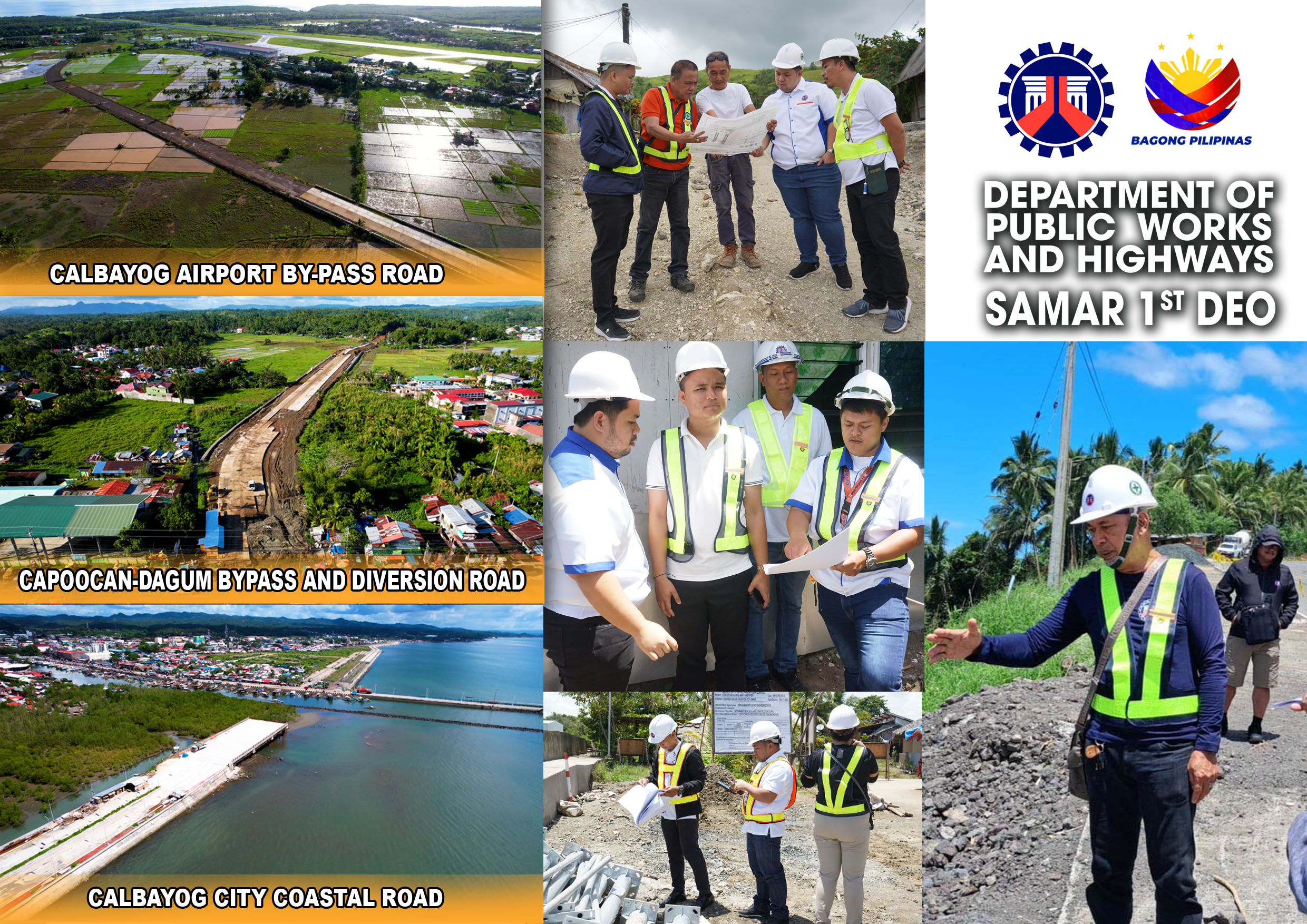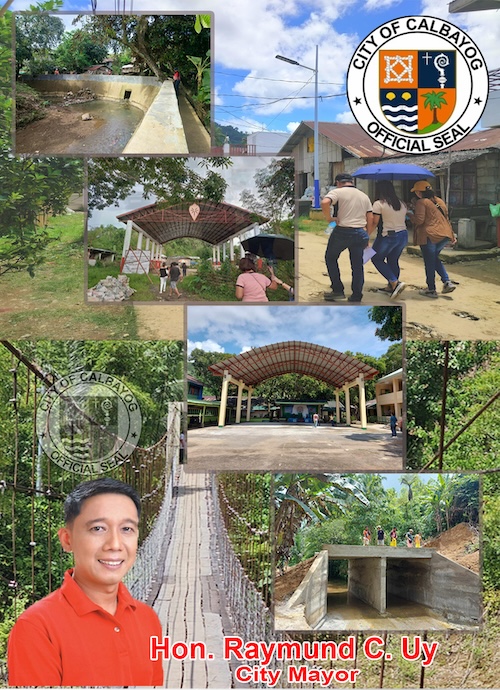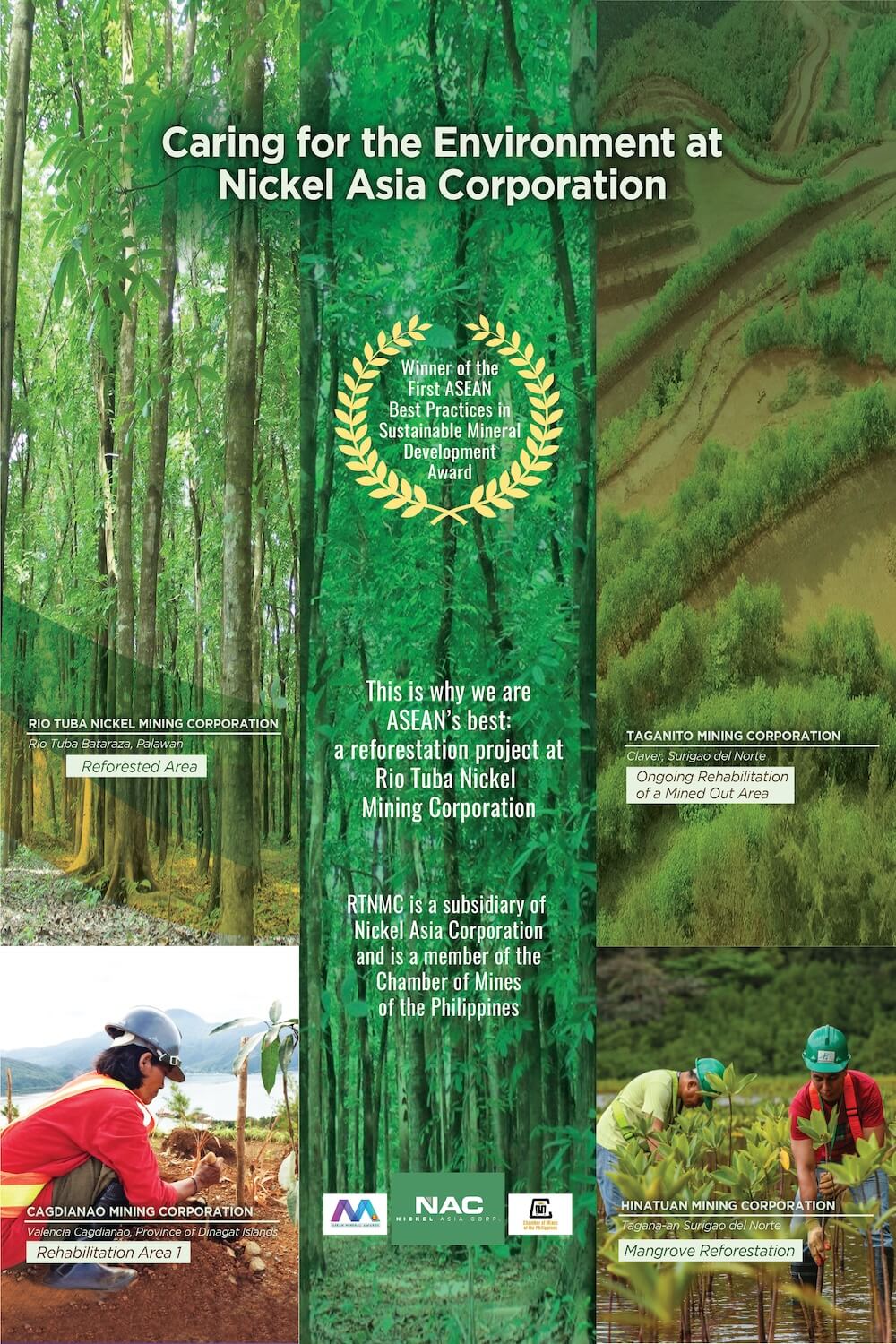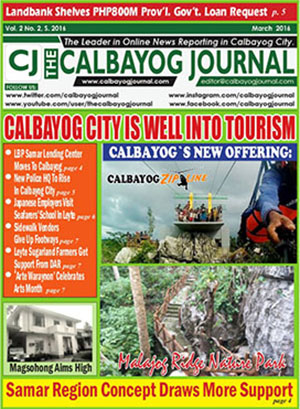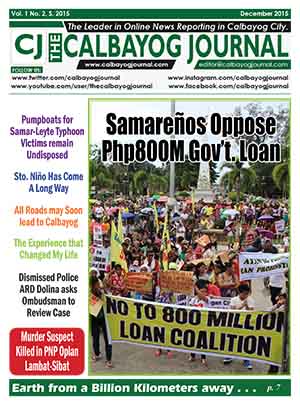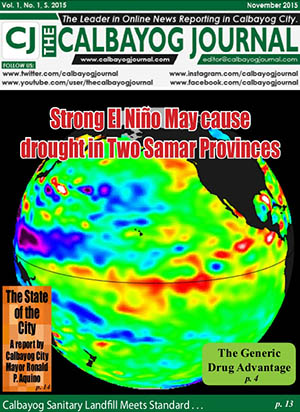Calbayog should not rest upon its laurels---the modicum of acknowledged prominence she has earned from its best known culinary delicacy. That is our now famous Matobato tinapa! Handcrafted smoked fish, fresh caught from the local seas. (I still have some in the freezer. They keep well, you know.) But Calbayog must strive for more. There is space and opportunity in our hospitality table worth exploring. So, here is a thought.
I have just ran out of my supply of ‘tableas de tsokolate.’ Hometown-grown and made. Going through US Customs is always a breeze. I underestimated my rate of consumption. Happily, winter is over. Hot, thick choco (‘tsokolate eh…”) in the morning is a blissful blessing of Calbayog memories, with every dainty sip!
Of course we all know that ‘tsokolate’ comes from Cacao. Beyond that there is really scant that we consumers know about it. But I think I possess a little more information about the matter than most. I would like to share these.
First, the ‘frailes’ introduced them to the islands following Christian evangelization, maybe as early as the close of the 16th Century, not too long after Legaspi settled Cebu, IloIlo and Manila. From Mexico. For the archipelago, Cacao was originally indigenous to Meso-America and brought over by Spanish galleons. In a manner of speaking, cacao and ‘tsokolate’ having such an illustrious background can claim to be almost as old as Christianity in the Philippines! (No, Intoy. Jesus Christ and the Apostles did not sip ‘tsokolate’ during the Last Supper!)
Cacao is tropical. Its geographic source is mostly third world and developing. That’s where we belong. That’s us. Yet the Philippines produces a near infinitesimal amount, not even ample to meet local demand for ‘tablea.’ We produce less than 6,000 tons of cacao beans annually, 90% of which come very small scale farmers. Indonesia produces a hundred times more! Nigeria and Ghana together produce nearly a million tons. The largest supplier is an African nation, the Republic of Ivory Coast with a land area slightly larger than the Philippines, produces 1.65 million tons a year accounting for 33% of the world supply! Are we green with envy yet?
The third world remains the supplier of unrefined cacao beans. The raw materials of romantic notions, its universal symbol being the heart-shaped box of brown sweetness, calory-packed with potent healthful anti-oxidants! Yet, the best chocolate confections come from Europe. And in fact the consuming world is in constantly recurring shortage of supply needed to satisfy demand and cravings of the universal ‘sweet tooth.’
But let us perish the romantic notions promoted by chocolatiers in their mouth-watering ballyhooed incarnations. Let us just talk ‘tablea.’ Why am I dwelling on this? Because I have run out of ‘tsokolate!’ And I bet you Calbayog does not even produce enough to satisfy every “sinakugan and barol’ feast that we throw every so often.
Levity aside, how about the Calbayog commune meeting our own domestic ‘tablea’ challenge.
The propagation of Cacao trees in every available shady backyard space. Or thinking slightly bolder and a little bigger, what about intercropping our humble holdings of coconut hectarage with the goodness of cacao. Is this so wild a dream? I think not. Calbayog, both urban and rural, has the available spaces for these plants. We have mostly idle tablea makers. Idle because they often have no beans to grind. Nothing much between ground space and human skill!
I am certainly not qualified to be the ultimate arbiter on the economics of cacao culture but what do we have a Department of Agriculture (City Agriculturist and staff) for? They can be equipped with the relevant scientific knowledge. They are mandated to jumpstart and nurture community movements such as this. In terms of available assistance, we also elect community promoters of economic progress (aside from maintaining peace and order) except that these individuals may not even know that they are. I mean, Barangay level officials. They can prove themselves, where appropriate, more useful with the simple promotion of cacao consciousness in their respective communities.
For starters, there is already an existing supply of viable seedlings of effective cacao varietals from Bohol, Cagayan de Oro, Davao and Los Banos. The Mayor and the Council ought to mull this over and sanction it officially. Eventually, Calbayog ought to have its own Cacao nursery. It can be an economically viable business and so will growing cacao in the backyard. A dozen of these trees, when fully productive, can be sufficient additional stipend for a college diploma! How nice!
Whether a property owner plants a solitary tree or a dozen, or even a hundred---concerned citizens can organize and belong to the “Cacao Club of Calbayog,” a cooperative devoted to the virtues of chocolate. Non-political, non-partisan! “Tableas de Calbayog” is a destination. Let us begin the journey.
By the way, let me not forget. The fruit source of our ‘tsokolate’ is referred to in textbooks to as “t.cacao.” The scientific name is “Theobroma cacao.” Theo, deo, dei. Sounds familiar? Broma in Greek means ‘food.’ So, next time you sip ‘tsokolate,’ you must meditate. You are enjoying the “food of the gods.” Be godly, plant a cacao tree!
I have just ran out of my supply of ‘tableas de tsokolate.’ Hometown-grown and made. Going through US Customs is always a breeze. I underestimated my rate of consumption. Happily, winter is over. Hot, thick choco (‘tsokolate eh…”) in the morning is a blissful blessing of Calbayog memories, with every dainty sip!
Of course we all know that ‘tsokolate’ comes from Cacao. Beyond that there is really scant that we consumers know about it. But I think I possess a little more information about the matter than most. I would like to share these.
First, the ‘frailes’ introduced them to the islands following Christian evangelization, maybe as early as the close of the 16th Century, not too long after Legaspi settled Cebu, IloIlo and Manila. From Mexico. For the archipelago, Cacao was originally indigenous to Meso-America and brought over by Spanish galleons. In a manner of speaking, cacao and ‘tsokolate’ having such an illustrious background can claim to be almost as old as Christianity in the Philippines! (No, Intoy. Jesus Christ and the Apostles did not sip ‘tsokolate’ during the Last Supper!)
Cacao is tropical. Its geographic source is mostly third world and developing. That’s where we belong. That’s us. Yet the Philippines produces a near infinitesimal amount, not even ample to meet local demand for ‘tablea.’ We produce less than 6,000 tons of cacao beans annually, 90% of which come very small scale farmers. Indonesia produces a hundred times more! Nigeria and Ghana together produce nearly a million tons. The largest supplier is an African nation, the Republic of Ivory Coast with a land area slightly larger than the Philippines, produces 1.65 million tons a year accounting for 33% of the world supply! Are we green with envy yet?
The third world remains the supplier of unrefined cacao beans. The raw materials of romantic notions, its universal symbol being the heart-shaped box of brown sweetness, calory-packed with potent healthful anti-oxidants! Yet, the best chocolate confections come from Europe. And in fact the consuming world is in constantly recurring shortage of supply needed to satisfy demand and cravings of the universal ‘sweet tooth.’
But let us perish the romantic notions promoted by chocolatiers in their mouth-watering ballyhooed incarnations. Let us just talk ‘tablea.’ Why am I dwelling on this? Because I have run out of ‘tsokolate!’ And I bet you Calbayog does not even produce enough to satisfy every “sinakugan and barol’ feast that we throw every so often.
Levity aside, how about the Calbayog commune meeting our own domestic ‘tablea’ challenge.
The propagation of Cacao trees in every available shady backyard space. Or thinking slightly bolder and a little bigger, what about intercropping our humble holdings of coconut hectarage with the goodness of cacao. Is this so wild a dream? I think not. Calbayog, both urban and rural, has the available spaces for these plants. We have mostly idle tablea makers. Idle because they often have no beans to grind. Nothing much between ground space and human skill!
I am certainly not qualified to be the ultimate arbiter on the economics of cacao culture but what do we have a Department of Agriculture (City Agriculturist and staff) for? They can be equipped with the relevant scientific knowledge. They are mandated to jumpstart and nurture community movements such as this. In terms of available assistance, we also elect community promoters of economic progress (aside from maintaining peace and order) except that these individuals may not even know that they are. I mean, Barangay level officials. They can prove themselves, where appropriate, more useful with the simple promotion of cacao consciousness in their respective communities.
For starters, there is already an existing supply of viable seedlings of effective cacao varietals from Bohol, Cagayan de Oro, Davao and Los Banos. The Mayor and the Council ought to mull this over and sanction it officially. Eventually, Calbayog ought to have its own Cacao nursery. It can be an economically viable business and so will growing cacao in the backyard. A dozen of these trees, when fully productive, can be sufficient additional stipend for a college diploma! How nice!
Whether a property owner plants a solitary tree or a dozen, or even a hundred---concerned citizens can organize and belong to the “Cacao Club of Calbayog,” a cooperative devoted to the virtues of chocolate. Non-political, non-partisan! “Tableas de Calbayog” is a destination. Let us begin the journey.
By the way, let me not forget. The fruit source of our ‘tsokolate’ is referred to in textbooks to as “t.cacao.” The scientific name is “Theobroma cacao.” Theo, deo, dei. Sounds familiar? Broma in Greek means ‘food.’ So, next time you sip ‘tsokolate,’ you must meditate. You are enjoying the “food of the gods.” Be godly, plant a cacao tree!



